Optimal Timing for Vine Removal Services
Vine removal service timing is crucial for effective and long-lasting results. The optimal period depends on vine growth cycles, local climate, and the type of vine involved. Typically, late winter to early spring is ideal for removal before vigorous growth begins, allowing for easier extraction and reducing the risk of regrowth.
Performing vine removal in early spring helps prevent vines from becoming too established, making removal easier and more thorough.
Summer removal can be effective but may require additional care due to active growth and higher temperatures.
Late fall is suitable for removing vines after the growing season ends, reducing regrowth chances.
Winter removal minimizes vine regrowth and allows for preparation before new growth starts in spring.
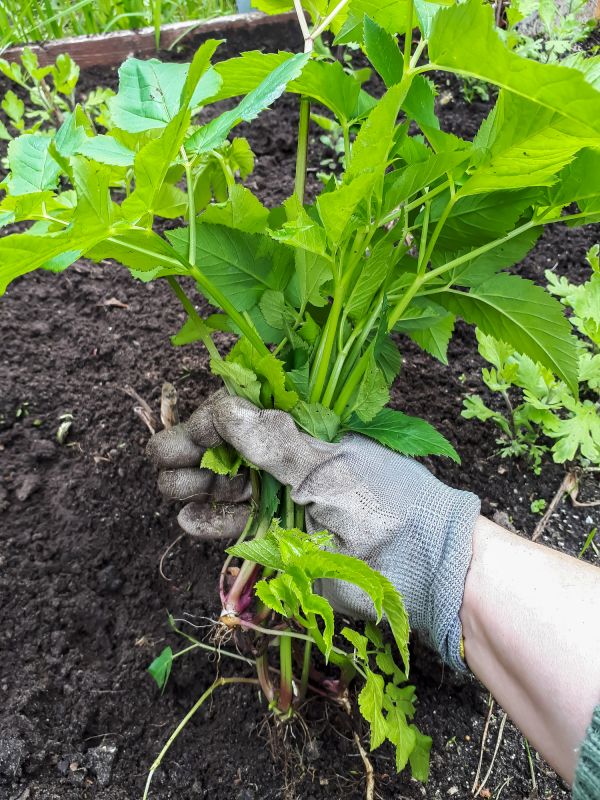
Spring is an ideal time to remove vines before they fully leaf out, making the process easier.
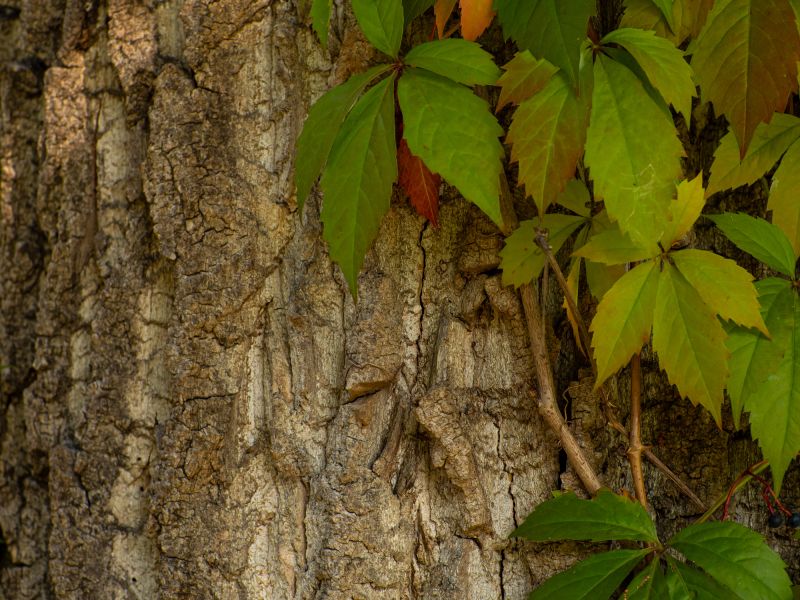
Summer removal requires attention to active growth and heat management.
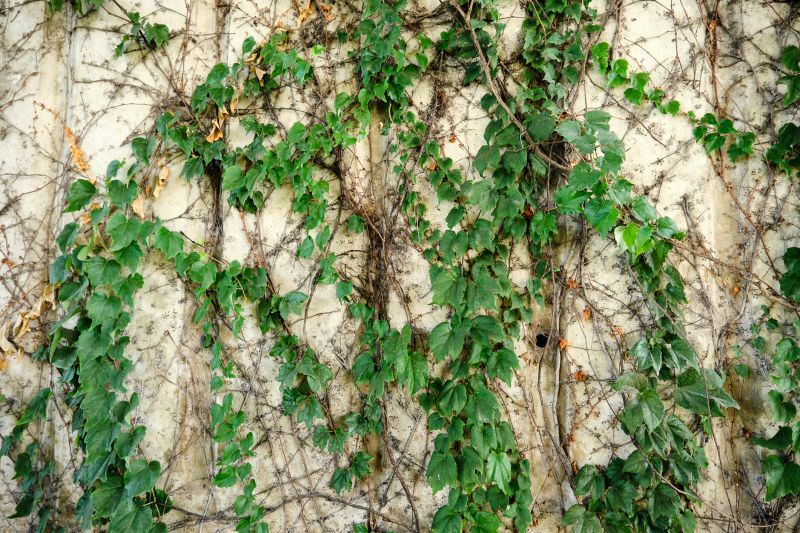
Late fall is suitable for removing vines after the growing season.

Ways to make Vine Removal Service work in tight or awkward layouts.
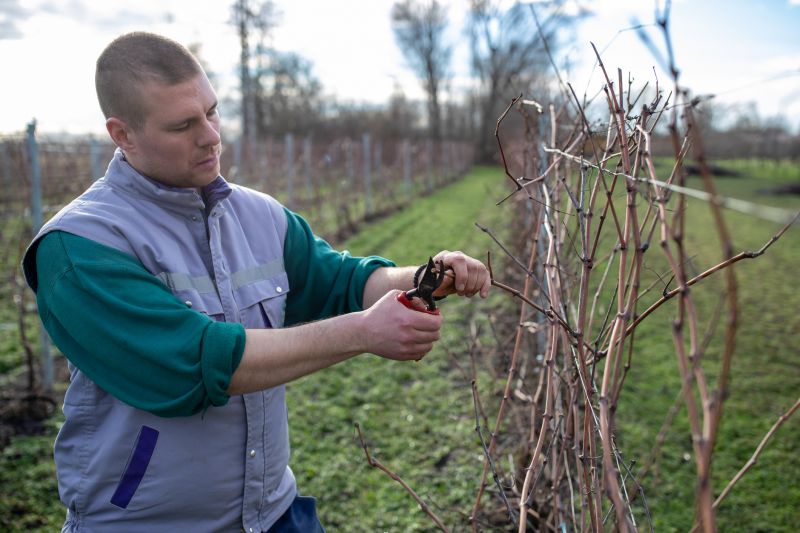
Popular materials for Vine Removal Service and why they hold up over time.
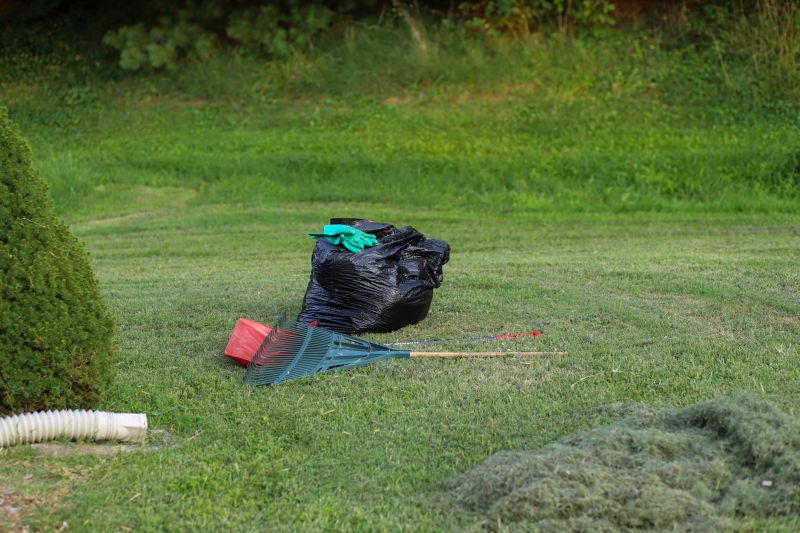
Simple add-ons that improve Vine Removal Service without blowing the budget.
Vine removal services are essential for maintaining landscape health and preventing structural damage caused by invasive vines. Proper timing ensures that vines are removed effectively, reducing the likelihood of regrowth and minimizing disruption to surrounding plants. Vines can cause damage by infiltrating structures, blocking sunlight, and competing with native flora for resources. Timely removal helps mitigate these issues and promotes healthier landscapes.
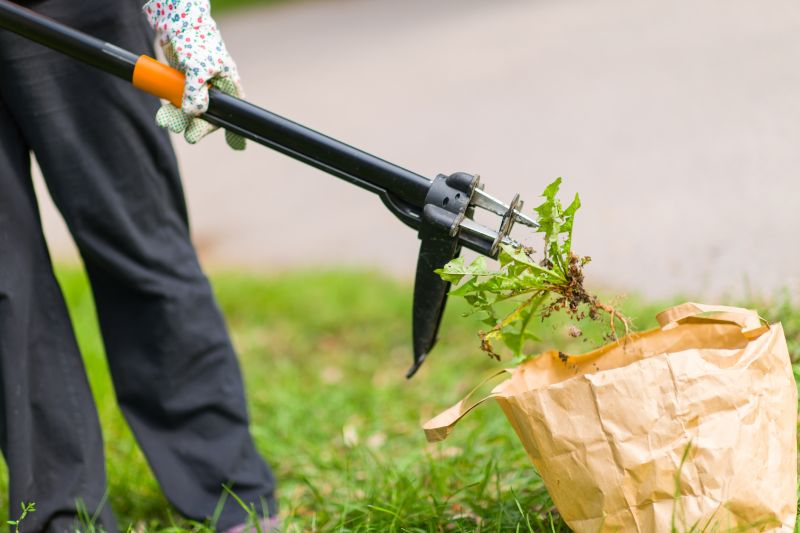
Specialized tools are used for efficient vine extraction without damaging surfaces.
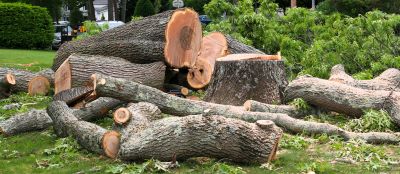
Visual evidence of effective vine removal and landscape restoration.

Strategies for controlling invasive vines to prevent future growth.
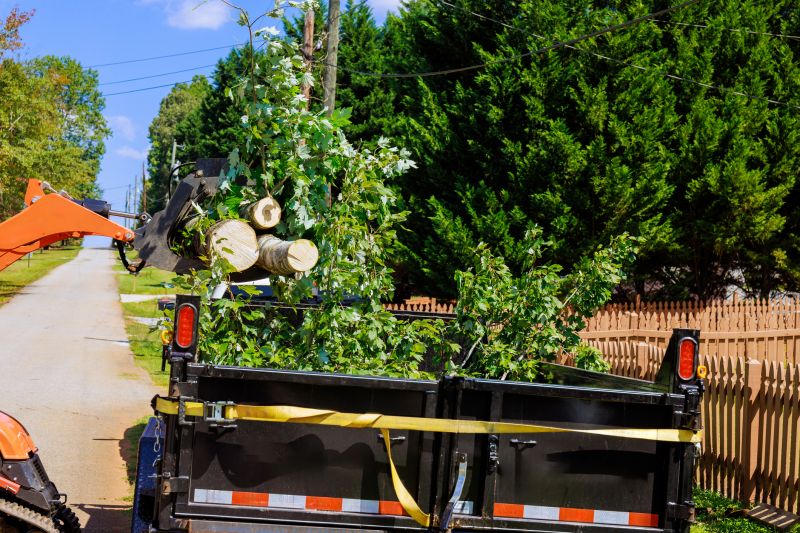
Post-removal landscaping to restore aesthetic and functional value.
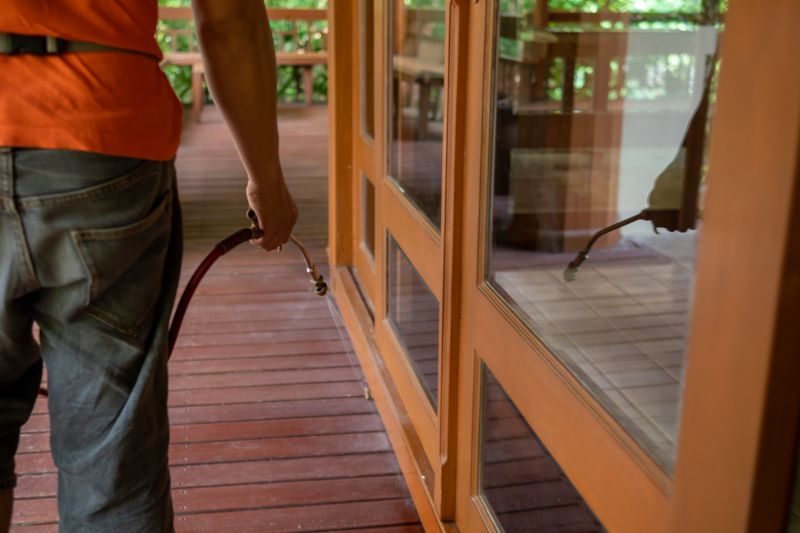
High-end options that actually feel worth it for Vine Removal Service.

Finishes and colors that play nicely with Vine Removal Service.
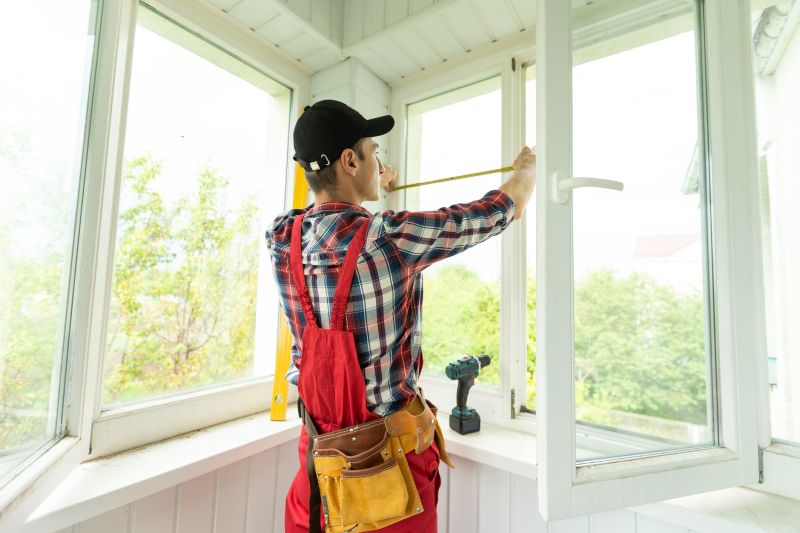
Little measurements that prevent headaches on Vine Removal Service day.

A 60-second routine that keeps Vine Removal Service looking new.

A frequent mistake in Vine Removal Service and how to dodge it.
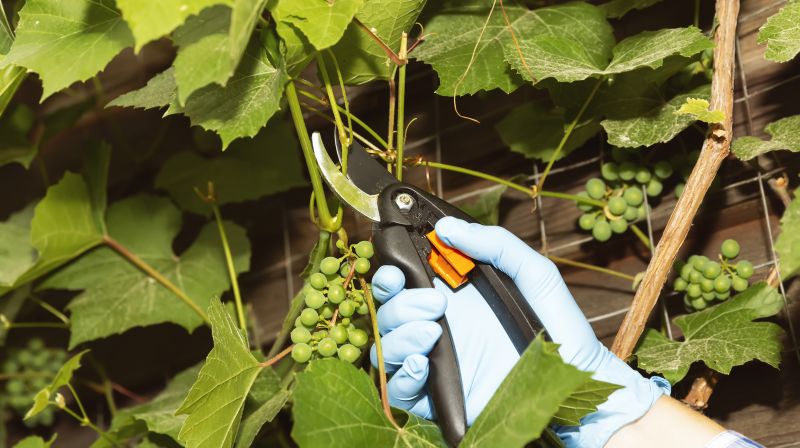
Small tweaks to make Vine Removal Service safer and easier to use.
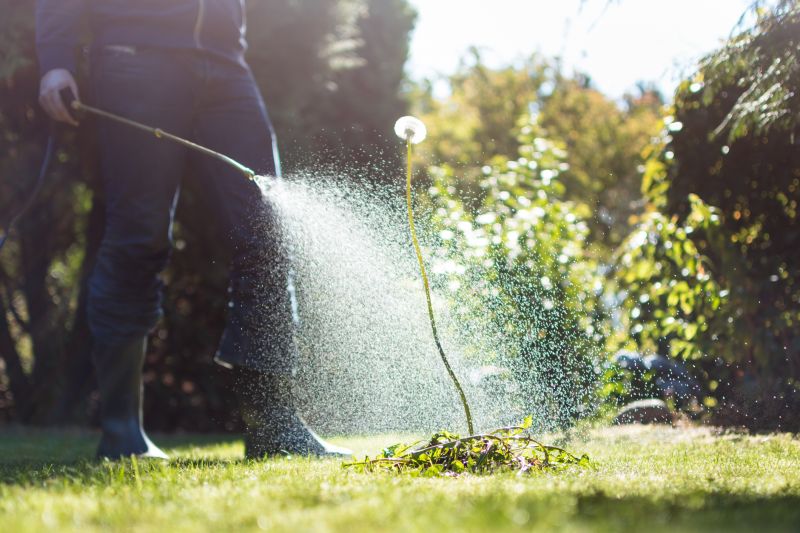
Lower-waste or water-saving choices for Vine Removal Service.

The short, realistic tool list for quality Vine Removal Service.
| Season | Best Practices |
|---|---|
| Spring | Remove vines before full leaf-out for easier extraction. |
| Summer | Monitor growth and perform removal during cooler periods if possible. |
| Fall | Target vines after the growing season to prevent regrowth. |
| Winter | Ideal for dormant vines; minimizes regrowth. |
| General | Timing depends on vine species and local climate conditions. |
Effective vine removal requires understanding the growth patterns and selecting the appropriate season for intervention. Consulting with a professional can help determine the best timing based on specific landscape conditions and vine types. Proper scheduling enhances removal success and landscape health.

Step-by-step removal techniques ensure thorough elimination of invasive vines.
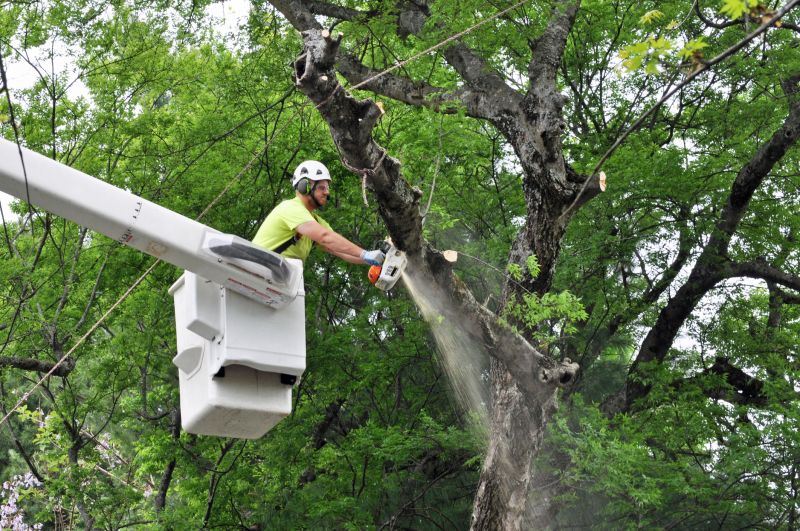
Specialized equipment facilitates efficient and safe vine removal.

Restoration after vine removal maintains landscape aesthetics.
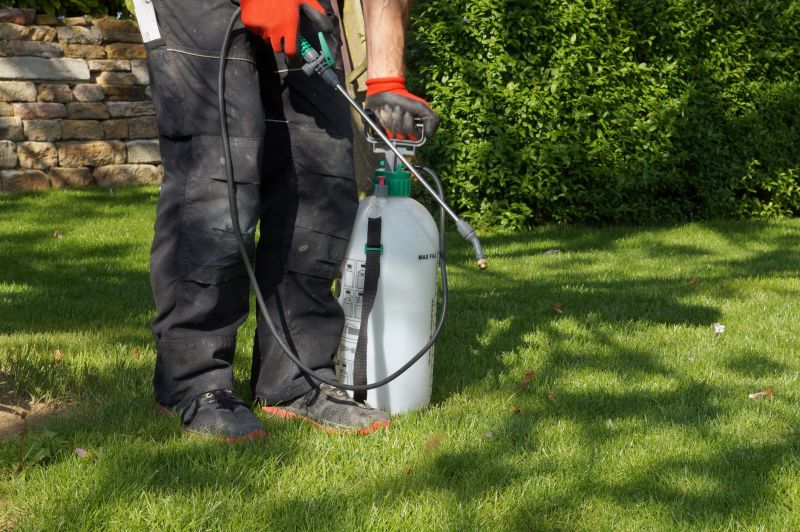
Preventative measures to reduce future vine growth.

Rough timing from prep to clean-up for Vine Removal Service.

Quick checks and paperwork to keep after Vine Removal Service.
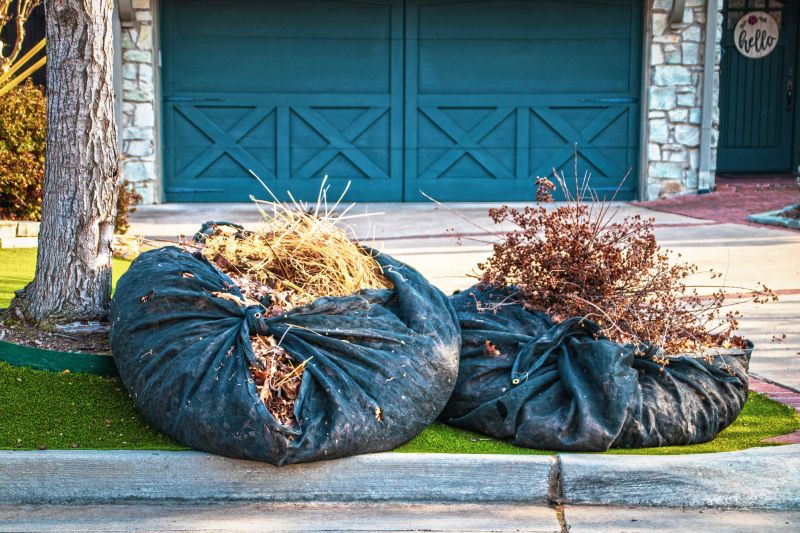
Examples that show the impact a good Vine Removal Service can make.
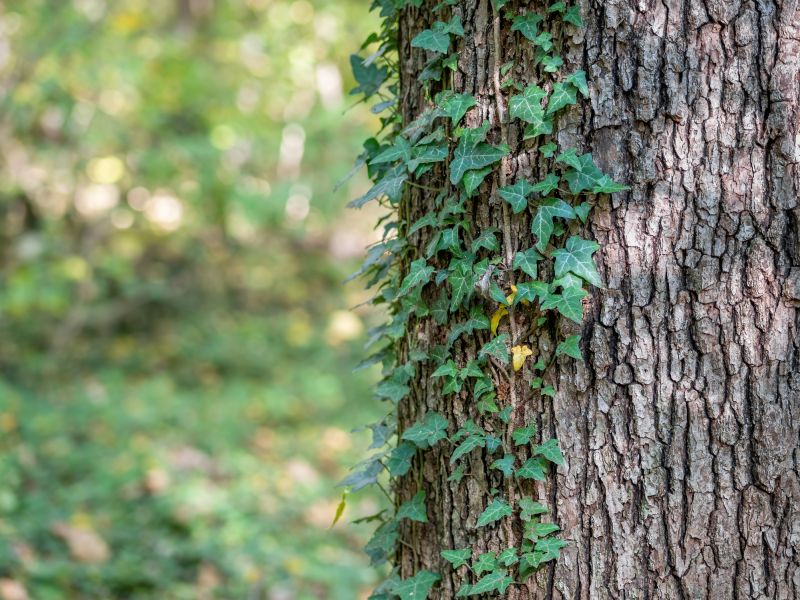
Ways to make Vine Removal Service work in tight or awkward layouts.
Interested in scheduling a vine removal service? Filling out the contact form provides a way to discuss options and plan an effective removal timeline tailored to specific landscape needs. Proper timing and professional execution can lead to healthier, more attractive outdoor spaces.



